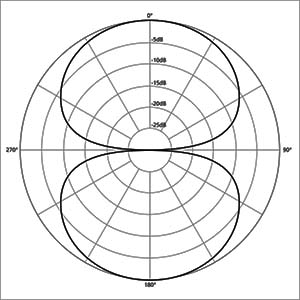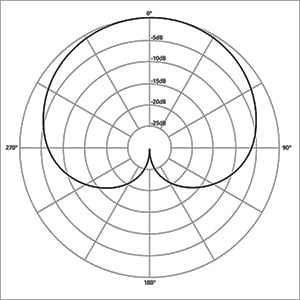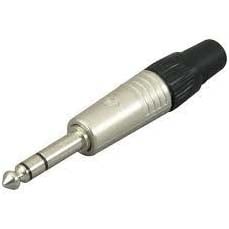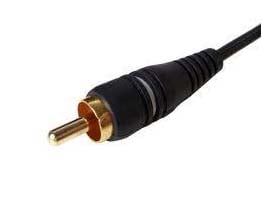- _________ is made possible through the vibrations of an object displacing the air molecules around it.
Your Answer: Sound - Pro Tools is a DAW, which stands for ______ ______ ________.
Your Answer: Digital Audio Workstation - ___________ is credited as the inventor of the microphone.
Your Answer: Alexander Graham Bell - This is an example of what type of pickup pattern?

Your Answer: Bi-Directional - _______________ refers to the difference between what frequencies a performance is actually transmitting, to what the microphone is capturing.
Your Answer: Frequency Response - _________ is a delay in the audio signal caused by analog to digital conversion, signal processing, and computer related processes.
Your Answer: Latency - In Pro Tools, the _________ ______ has three variations in its drop down menu. Time, separation, and, object.
Your Answer: Grabber Tool - Analog signal is a voltage, Digital signal is __________.
Your Answer: Binary Code - MIDI transmits an audio signal.
Your Answer: False - _____ _______ represents the resolution of possible amplitude values for a digital signal.
Your Answer: Bit Rate
Incorrect: Correct Answer is Bit Depth - A ____________ ____________ uses a capacitor in the form of two charged plates.
Your Answer: Condenser Mic - __________________ involves positioning one or more mics between 1 inch and 3 feet from a sound source.
Your Answer: Close Miking - The _______________ configuration uses two matched cardioid microphones, with their heads close together, at 90 degree angles.
Your Answer: Blumlein Pair - Avid has been awarded:
Your Answer: A Grammy, an Emmy, and an Oscar - Inserts process _______________ of the signal and are inserted directly into your signal flow.
Your Answer: 100% - Pro Line Level is often expressed as _________.
Your Answer: +4 dBu - The decibel scale we use to measure sound pressure level is _____.
Your Answer: dB SPL - ____________ microphones use a corrugated piece of metal suspended in a magnetic field. Voltage is created through induction.
Your Answer: Ribbon - The ____________ is used in a tracking session and shows a diagram of the studio and where instruments are set up.
Your Answer: Plot Map - The __________ ___________ determines the device that plays back the output of Pro Tools.
Your Answer: I/O Setup
Incorrect: Correct Answer is Playback Engine - ___________ Plug-ins process audio signal offline and render files in your Pro Tools.
Your Answer: Audiosuite - The amplitude of an audio signal is measured in _________.
Your Answer: decibels - ___________ is the measure of the amount of times a sound pressure wave goes from positive to negative pressure in 1 second. It also determines pitch.
Your Answer: Frequency - ______ ______ is an edit mode in Pro Tools that conforms the cursor, selections, and audio clips to predetermined time values in your edit window.
Your Answer: Grid Mode - RTAS stands for:
Your Answer: Real Time Audio Suite - Within the edit tools, the ________ tool is a quick way to lengthen or shorten a clip.
Your Answer: Trimmer - ____________ is a voltage that powers some of the components in most condenser microphones. It is usually a button that is pressed on a pre-amp or mixing console.
Your Answer: Phantom power - What polar pattern is pictured here?

Your Answer: Cardioid - Identify these connectors:



Your Answer:
Your Answer: TRS, RCA, XLR - The tympanic membrane is a diaphragm like flap of skin that is attached to the three smallest bones in the human body. It is also called the ___________.
Your Answer: eardrum - _______________ is the measurement of the resistance of the flow of electricity.
Your Answer: Impedance - __________ is the Red Book CD Standard for sample rate and bit depth.
Your Answer: 44.1 kHz and 16 bit - ____________ microphones were among the first created, and create voltage through the use of loosely packed granules of coal-like material.
Your Answer: Carbon - In Pro Tools, _________ _____ ______ moves the clip by the user defined grid value based on the clips starting position.
Your Answer: Relative Grid Mode - Electricity is the flow of free _________ from atom to atom.
Your Answer: Electrons - _________ is the measure of the opposition to the flow of electricity.
Your Answer: Resistance - The _________ ______ when held over a clip and clicked using the mouse plays a section according to the speed at which the mouse is moved.
Your Answer: Scrubber Tool - What has been your favorite lesson so far and why?? (50-100 words)
Your Answer: All chapters were interesting but some information that are not frequently talked about in the studio are irrelevant, then again it's worth something to know learning for. Chapter 5 and 6 was thee most interesting chapters because learning your miking techniques, miking placements could vary on the situation of recording. They all come into play and it is the second step after planning(discussed in Chapter #7 - Tracking). These were perfect chapters for me to start recording live sound with my mobile DJ group, and use these lessons out on the field. - What's your opinion of the level of education you have gotten so far? Is there anything we could have done better in the first half?
Your Answer: The first this is to exclude the history lessons that are said through out certain chapters. Students like me would love to use what they've learned in the first half that's of the ebook and into the studio. But then again each lesson has some interesting facts, I've learned a lot that I couldn't have done few years ago but we're training to be future audio engineers and not history teachers.
 Darrel Domanico — Honolulu Recording Connection
Darrel Domanico — Honolulu Recording Connection
More Blog Entries from Darrel Domanico
Darrel Domanico
_____________observed that when the lengths of vibrating strings are ratios of integers such as 2 to 3 or 3 to 4, the tones produced will be harmonious... Read More >>
Darrel Domanico
___________________ gave us the NECAM – the first console to have moving fader automation... Read More >>

